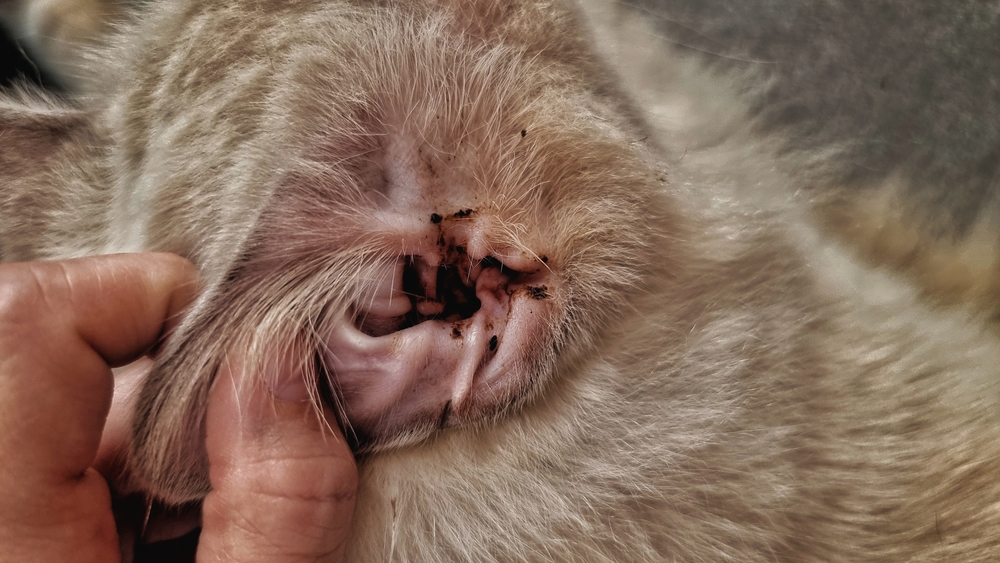Cat infections can affect feline health, causing discomfort and requiring prompt attention. Knowing the signs, causes, and available treatments for cat infections is vital for ensuring your feline friend’s well-being.
Common Types of Cat Infections
Respiratory Infections in Cats
Cat infections often manifest as respiratory issues, including cold-like symptoms such as sneezing, coughing, nasal discharge, and fever. Feline viral infections, like feline herpesvirus and calicivirus, commonly lead to respiratory problems in cats.
Urinary Tract Infections (UTIs) in Cats
UTIs in cats can cause discomfort and may present symptoms like frequent urination, blood in urine, straining during urination, and urinating outside the litter box. Bacterial infections are often responsible for UTIs in cats.
Skin Infections in Cats
Skin infections in cats can result from various causes, including fungal or bacterial agents, leading to symptoms like redness, itchiness, hair loss, or skin lesions.
Recognizing Symptoms of Cat Infections
- Lethargy: A lethargic cat might indicate an underlying infection.
- Changes in Eating Habits: Loss of appetite or increased thirst.
- Behavioral Changes: Unusual behaviors such as hiding or increased aggression.
- Visible Signs: Sneezing, coughing, vomiting, diarrhea, or unusual discharge.
Causes of Cat Infections
Viral Infections: Feline viral infections like feline herpesvirus and calicivirus are common causes of respiratory issues in cats.
Bacterial Infections: Bacteria can cause skin infections, UTIs, and other ailments in cats.
Fungal Infections: Fungi such as ringworm can lead to skin infections in cats.
Diagnosing and Treating Cat Infections
- Veterinary Evaluation: A veterinarian will conduct a thorough examination and may perform tests like bloodwork, urine analysis, or skin scrapings to diagnose the type of infection.
- Medication: Treatment for cat infections often involves antibiotics, antifungals, or antivirals, depending on the specific infection.
- Supportive Care: Providing a comfortable environment, proper nutrition, and hydration aids in the cat’s recovery.
Recommended:
- Petco Review: The Power of Together
- PetSmart Review: Where Pets Inspire Us
- Hill’s Pet Nutrition Review: Pioneering Pet Health and Nutrition
- Royal Canine Review: Tailored Nutrition for Every Pet
- Chewy Review: Pet Care at Your Doorstep
Preventing Cat Infections
- Vaccinations: Ensure your cat is up-to-date with vaccinations against common viral infections.
- Hygiene: Maintain a clean litter box and grooming routine to minimize the risk of infections.
- Regular Vet Visits: Routine check-ups help in early detection and prevention of infections.
Conclusion: Ensuring Feline Health and Well-being
Understanding the signs, causes, and treatments for cat infections is crucial for pet owners to safeguard their feline companions’ health. Recognizing symptoms, seeking timely veterinary care, and implementing preventive measures are key in ensuring a healthy and happy life for your beloved cat.
References:
- American Association of Feline Practitioners (AAFP) – “Feline Upper Respiratory Infections.” AAFP provides insights into respiratory infections in cats.



:max_bytes(150000):strip_icc()/cleaning-cat-ear-517445260-2000-8869df1c30ad4b329ef92cb4d13d854d.jpg)